What is Queen Victoria Syndrome in The Crown and why was Queen Elizabeth II accused of it?
'Queen Victoria Syndrome', the title of the first episode of The Crown Season 5, has left some viewers confused
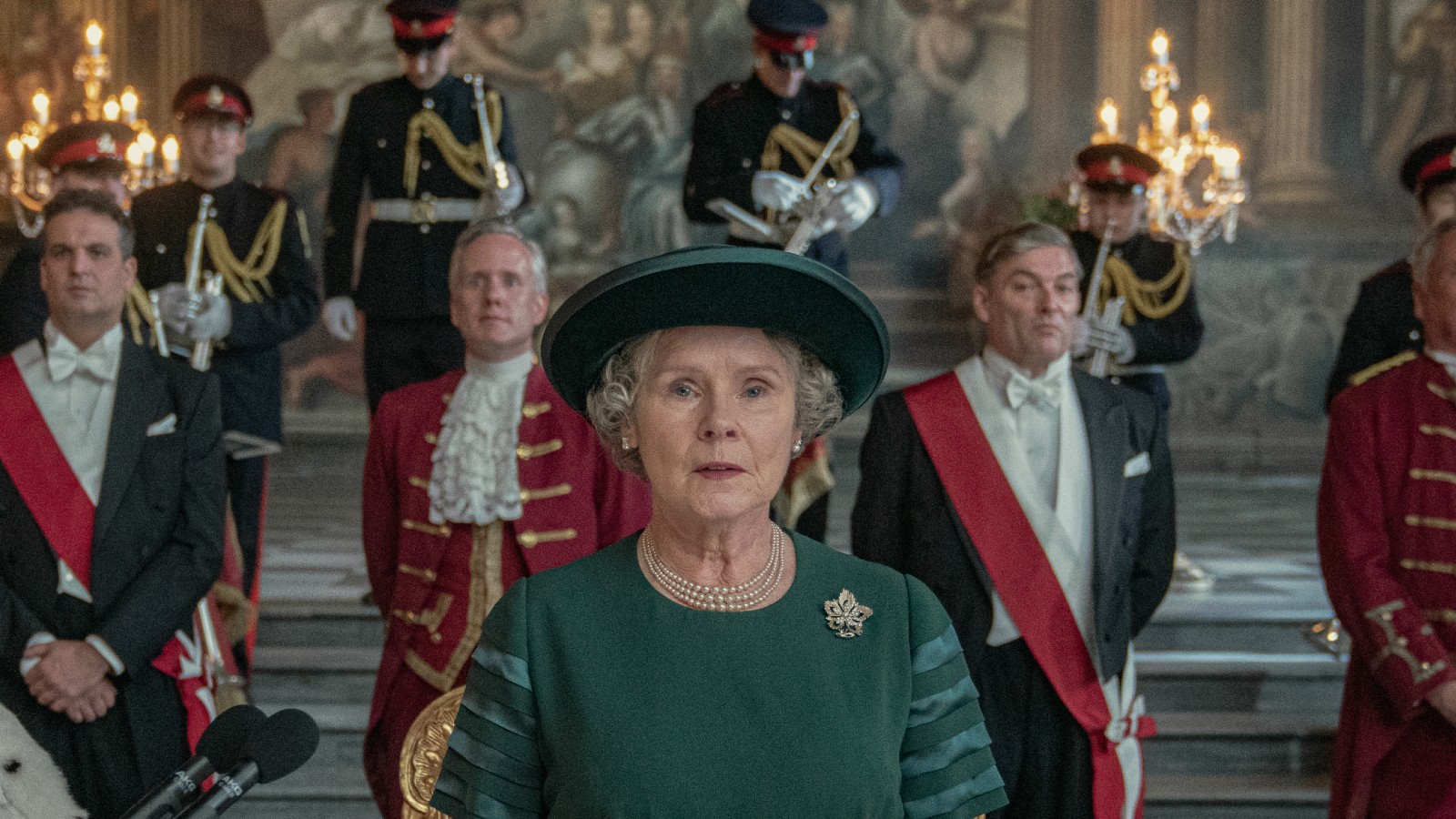

Viewers of The Crown Season 5 have been asking what Queen Victoria Syndrome means, after noting that the phrase has been used to entitle the first episode of the returning Netflix series.
- The Crown Season 5 has left viewers wondering what does Queen Victoria Syndrome mean, and how is it related to Queen Elizabeth II?
- The Netflix royal drama returned for its fifth season on November 9, after a two-year-long hiatus.
- In other royal news, who is Penny Knatchbull, Countess Mountbatten of Burma amid The Crown season 5 Prince Philip storyline?
The new series of The Crown has finally been released, arriving on Netflix on November 9 after an agonizing two-year-long wait.
Peter Morgan's controversial royal drama is back for its fifth season, with the Queen 'annus horribilis' of 1992 set to take center stage.
Excitement for the upcoming series had been building ever since The Crown Season 5 trailer dropped, so it's no surprise that fans have been dissecting every little detail to feature in its first episode. As well as noting the absence of a historical disclaimer in the returning series, viewers were quick to comment on the title of The Crown Season 5's first episode: Queen Victoria Syndrome. While some hardcore fans immediately clocked the reference, others were left confused by the nod to the 19th-century monarch.
What is Queen Victoria Syndrome?
If you were left wondering what Queen Victoria Syndrome means after the premiere of The Crown Season Five, you're not alone. Writers of the royal drama chose the phrase to entitle its premiere episode as a way of summarizing the perilous standing of the British monarchy during this period of history. But with many younger and international watchers tuning in, not everybody understood the dated reference.
Queen Victoria Syndrome describes when "the public begins to perceive a long-reigning monarch to be out of touch with her people", according to The Crown's producers. With so much sadness surrounding the recent death of Queen Elizabeth II, it's hard to believe that this sentiment could have ever applied to the late monarch.
The 96-year-old was largely revered for much of the 21st century, and by the time she reached her Platinum Jubilee in February 2022, was regularly topping opinion polls as the most popular member of the Royal Family.
Sign up for the woman&home newsletter
Sign up to our free daily email for the latest royal and entertainment news, interesting opinion, expert advice on styling and beauty trends, and no-nonsense guides to the health and wellness questions you want answered.
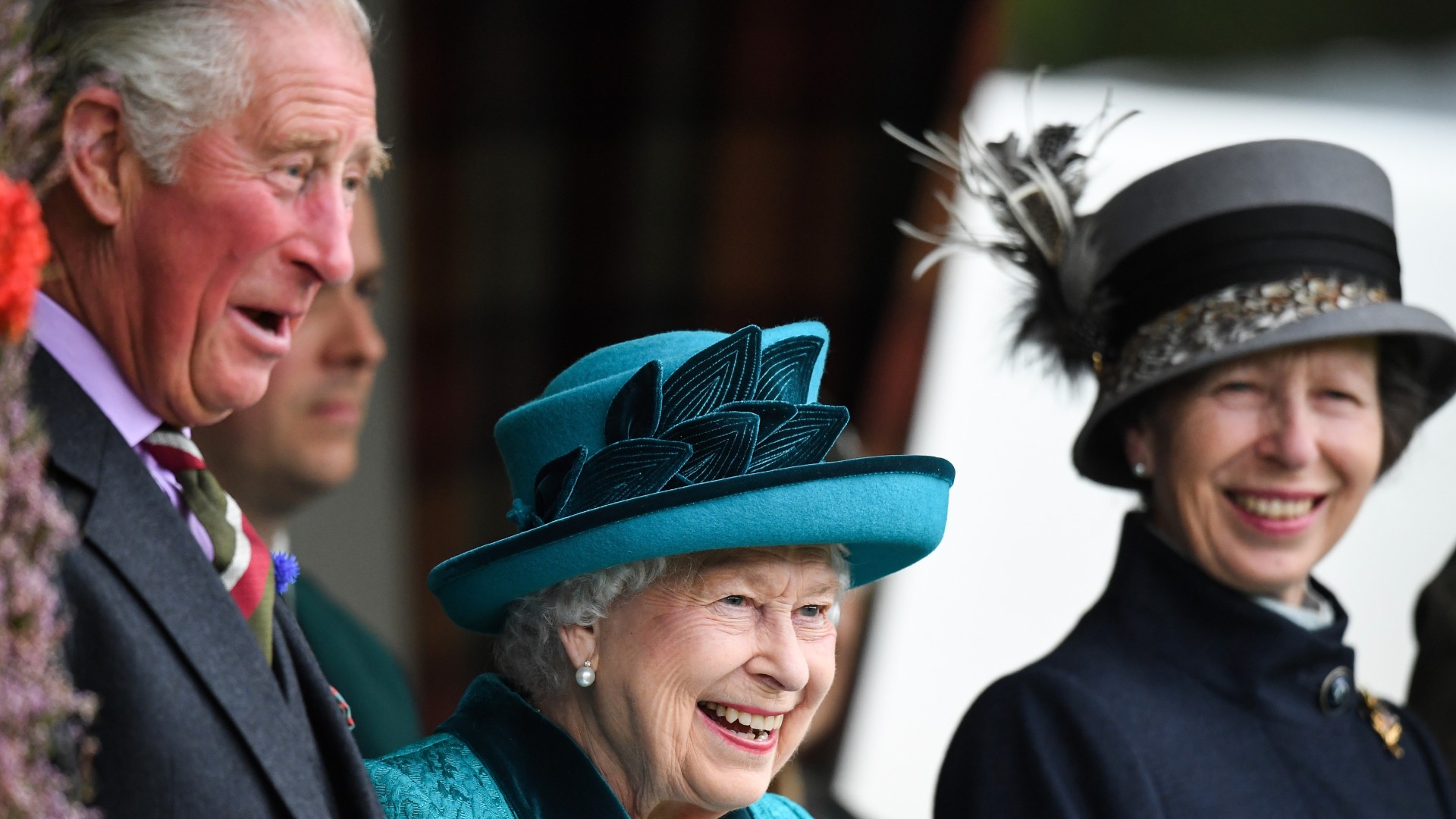
However, it wasn't always this way. In January 1990, The Sunday Times published a survey that found that 47% of the British public believed that the Queen should abdicate the throne "at some point." The same poll also revealed that 42% agreed that it was "unfair that the Queen and the Royal Family have so much wealth when there are other people in Britain without enough to live on."
This survey features in the first episode of The Crown Season 5 – albeit, with some heavy dramatization. The Crown's version of the poll shows that 47 percent of the public "believe the Queen should hand over the throne to Prince Charles", a result that leaves the royal heir so delighted that he cuts his vacation short and returns to London to share the news with Prime Minister John Major.
Perhaps the most damning part of the fictional article includes a description of Queen Elizabeth II as "an aging monarch, too long on the throne, whose remoteness from the modern world has led people to grow tired not just of her but of the monarchy itself."
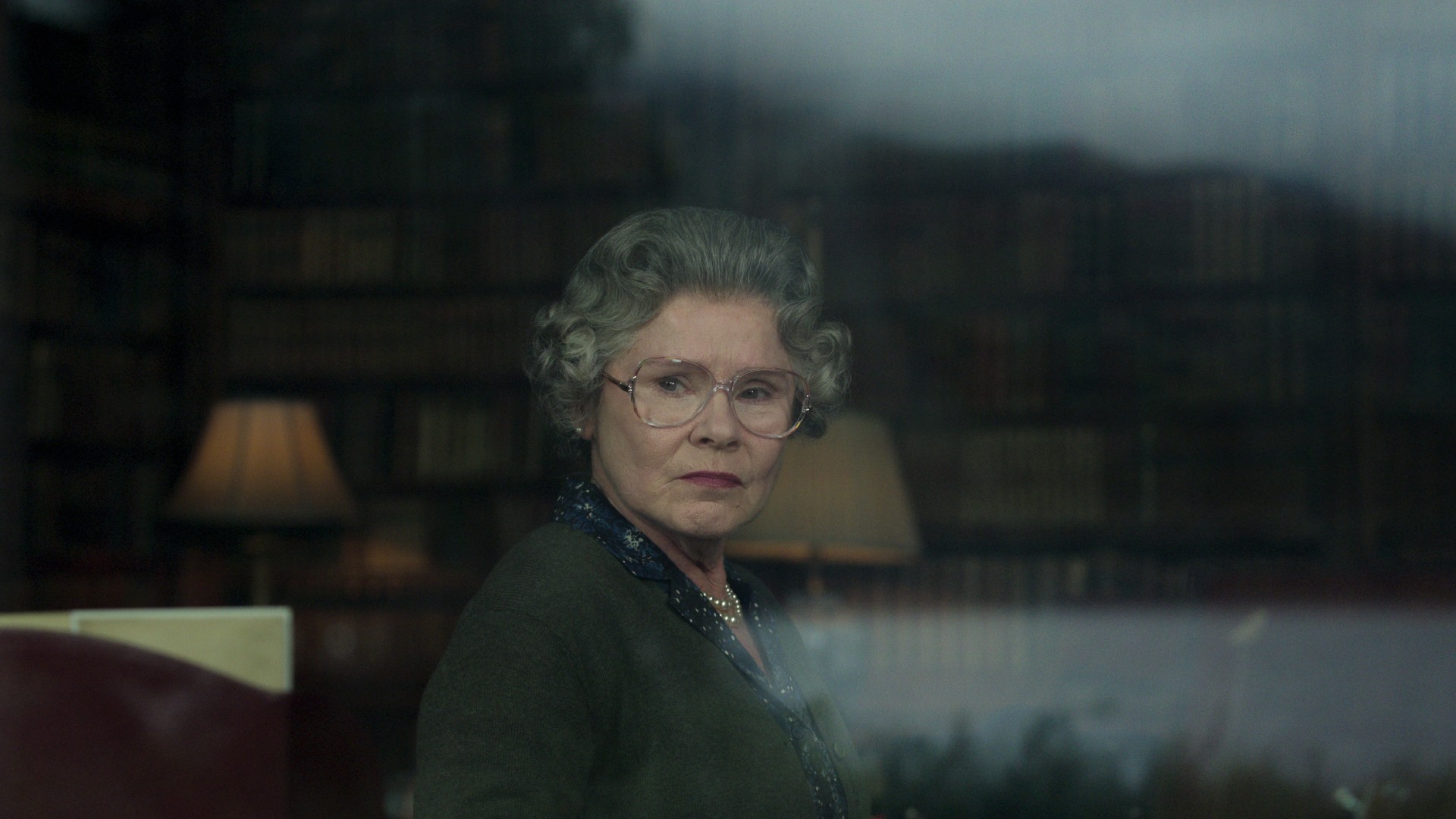
Imelda Staunton as Queen Elizabeth II in The Crown Season 5
It was this sentiment from which the phrase Queen Victoria Syndrome evolved.
"Questions of Elizabeth II’s retirement were being mooted as early as 1980,” historian Sarah Gristwood told the Huffington Post in 2015. "By the end of the decade, courtiers had begun to talk about QVS or Queen Victoria Syndrome, whereby a nation could become tired of an aging monarch and a parasitic royal family."
Seemingly determined not to be compared to her controversial predecessor, the Queen employed a number of measures to salvage her reputation in the early 90s. Her Majesty volunteered to pay income tax in November 1992, having been exempt from paying such a tax as sovereign since the 1930s. She also absorbed much of the working expenses of her relatives from 1993 onwards, in what appeared to be yet another move to improve the public's perception of the institution. Buckingham Palace insisted, however, that these actions were not a response to the growing criticism of the Royal Family, and had been in the pipeline for quite some time already.

Hailing from the lovely city of Dublin, Emma mainly covers the Royal Family and the entertainment world, as well as the occasional health and wellness feature. Always up for a good conversation, she has a passion for interviewing everyone from A-list celebrities to the local GP - or just about anyone who will chat to her, really.
Emma holds an MA in International Journalism from City, University of London, and a BA in English Literature from Trinity College Dublin.
-
 Butter yellow is everywhere – and Eva Longoria's Cannes dress just confirmed it's the perfect colour to wear this wedding season
Butter yellow is everywhere – and Eva Longoria's Cannes dress just confirmed it's the perfect colour to wear this wedding seasonIf you're searching for a dress for summer nuptials, consider butter yellow your most flattering on-trend option
-
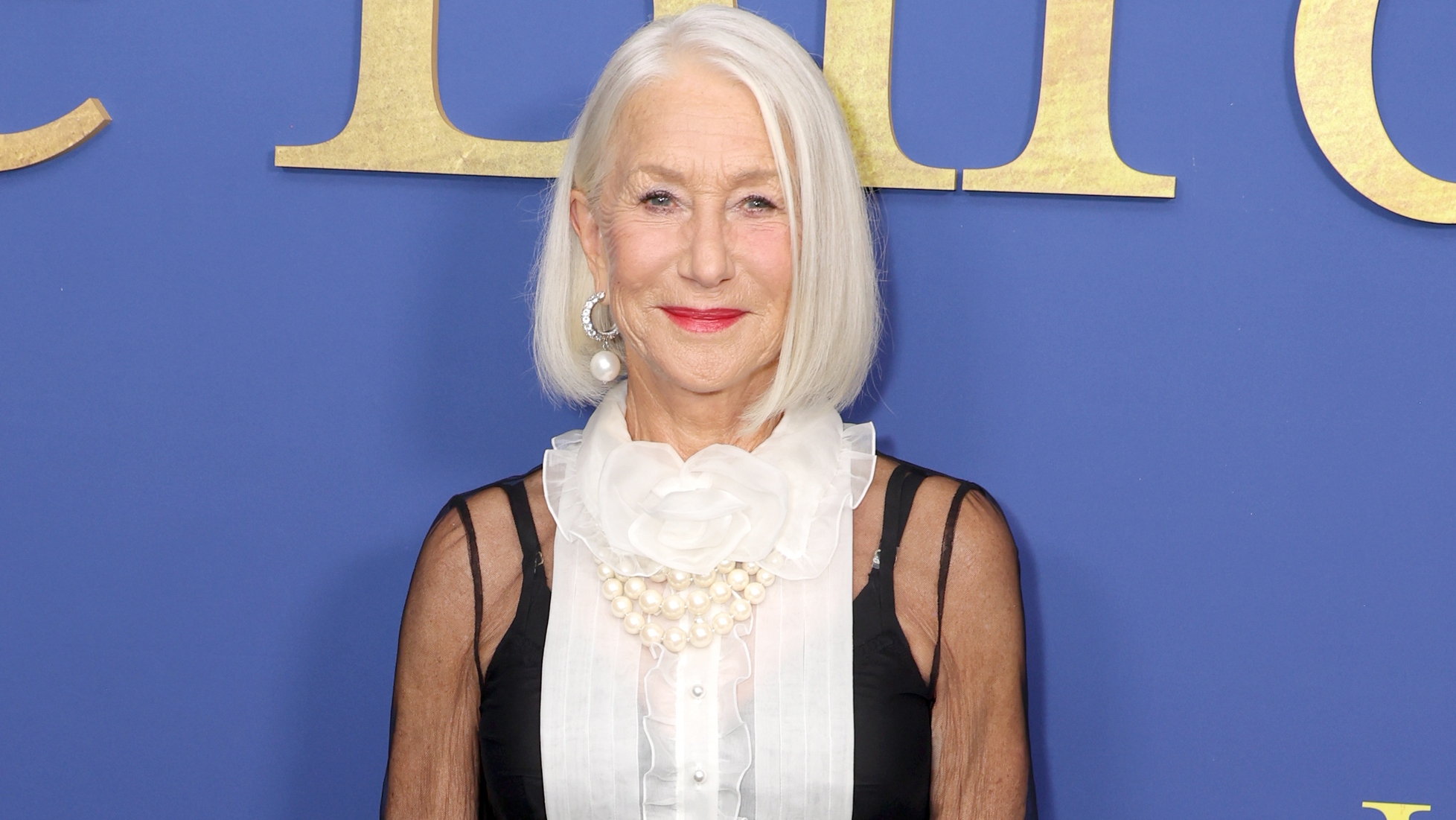 Helen Mirren's simple makeup trick makes berry-red lipstick much less daunting to wear
Helen Mirren's simple makeup trick makes berry-red lipstick much less daunting to wearHelen Mirren's Cartier-red lip is so chic for spring - and with this easy trick, it's more low-maintenance than you might expect
-
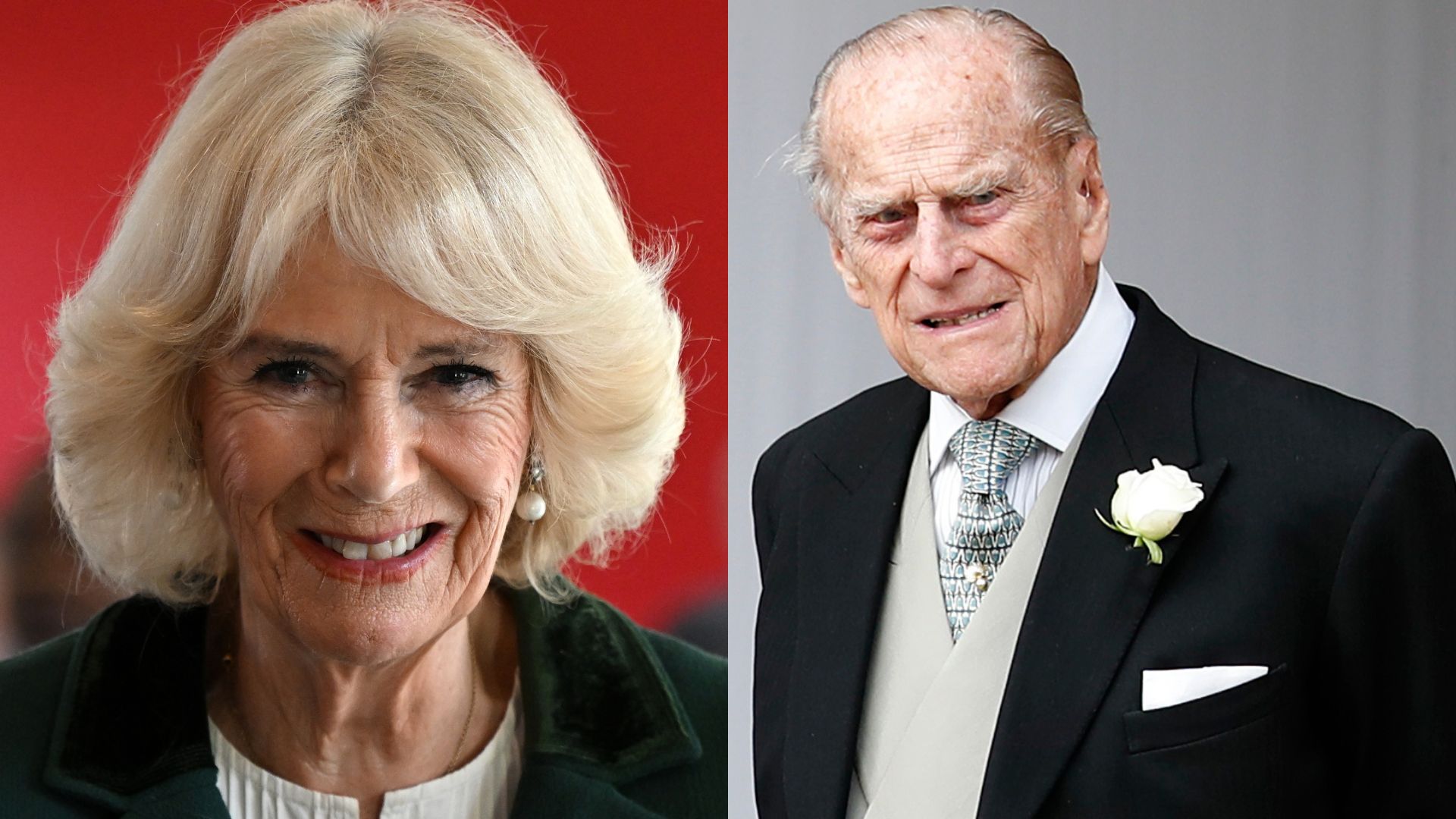 The life-changing privilege that Queen Camilla will get that Prince Philip was denied
The life-changing privilege that Queen Camilla will get that Prince Philip was deniedThere's a privilege that Queen Camilla will get at King Charles' coronation that the Duke of Edinburgh never received...
-
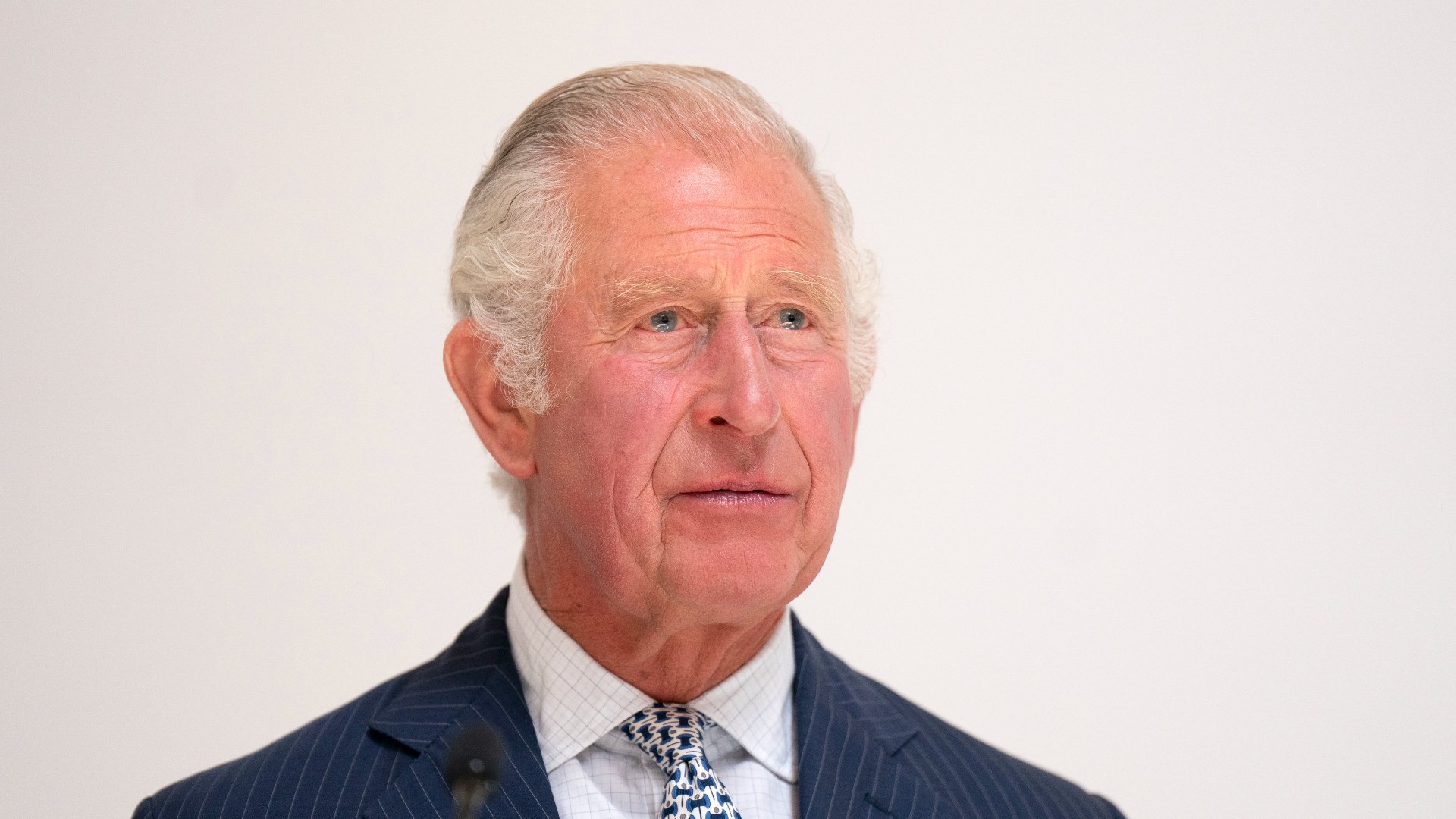 Did you spot King Charles' emotional nod to the Queen and Prince Philip on his new coronation emblem?
Did you spot King Charles' emotional nod to the Queen and Prince Philip on his new coronation emblem?King Charles' coronation emblem has been recently revealed and the sweet tribute to his late parents has not gone unnoticed...
-
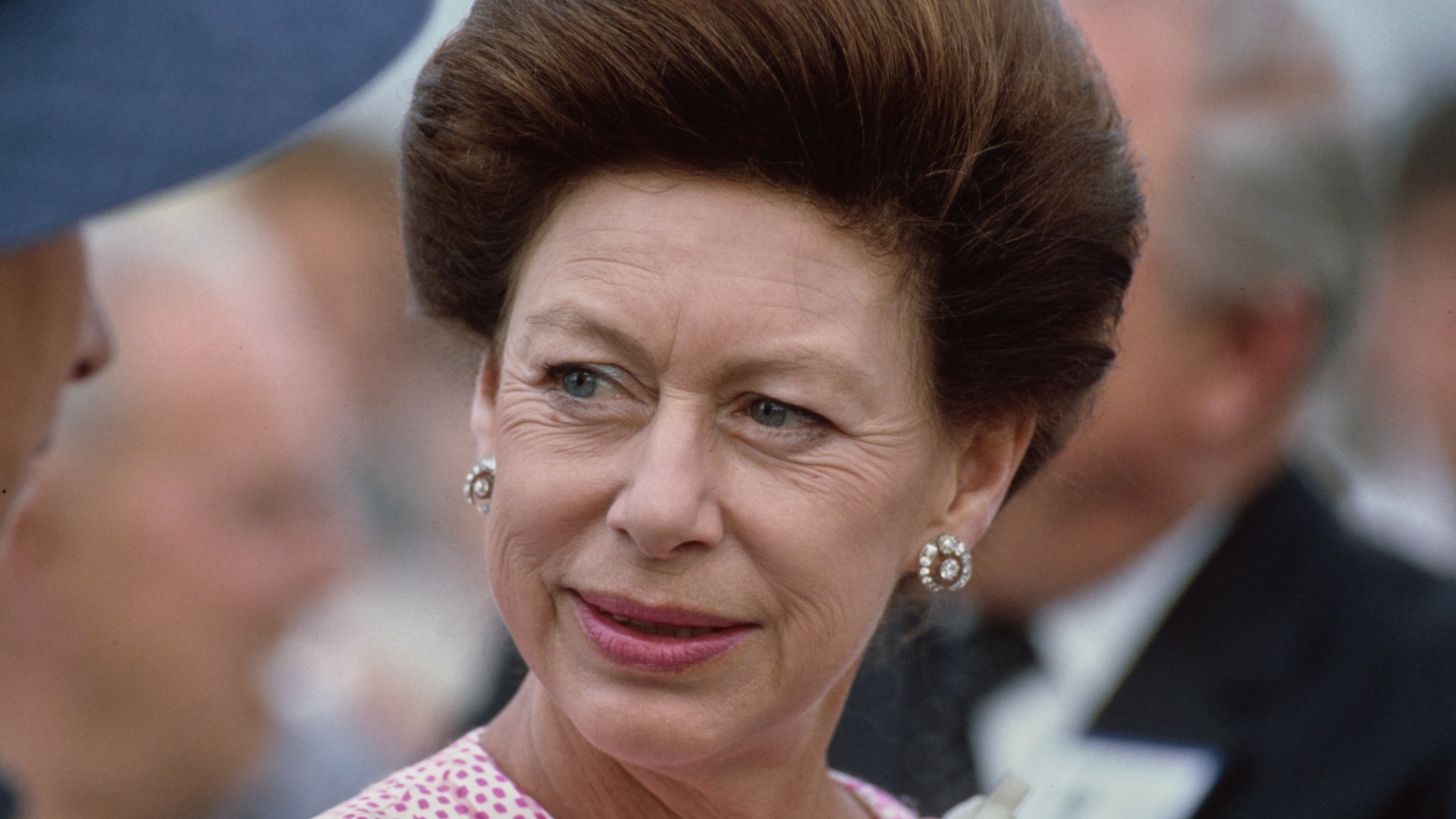 The heartbreaking reason Princess Margaret broke longstanding tradition when it came to her burial
The heartbreaking reason Princess Margaret broke longstanding tradition when it came to her burialPrincess Margaret's burial broke a longstanding royal tradition that existed for centuries as the Princess decided to be cremated
-
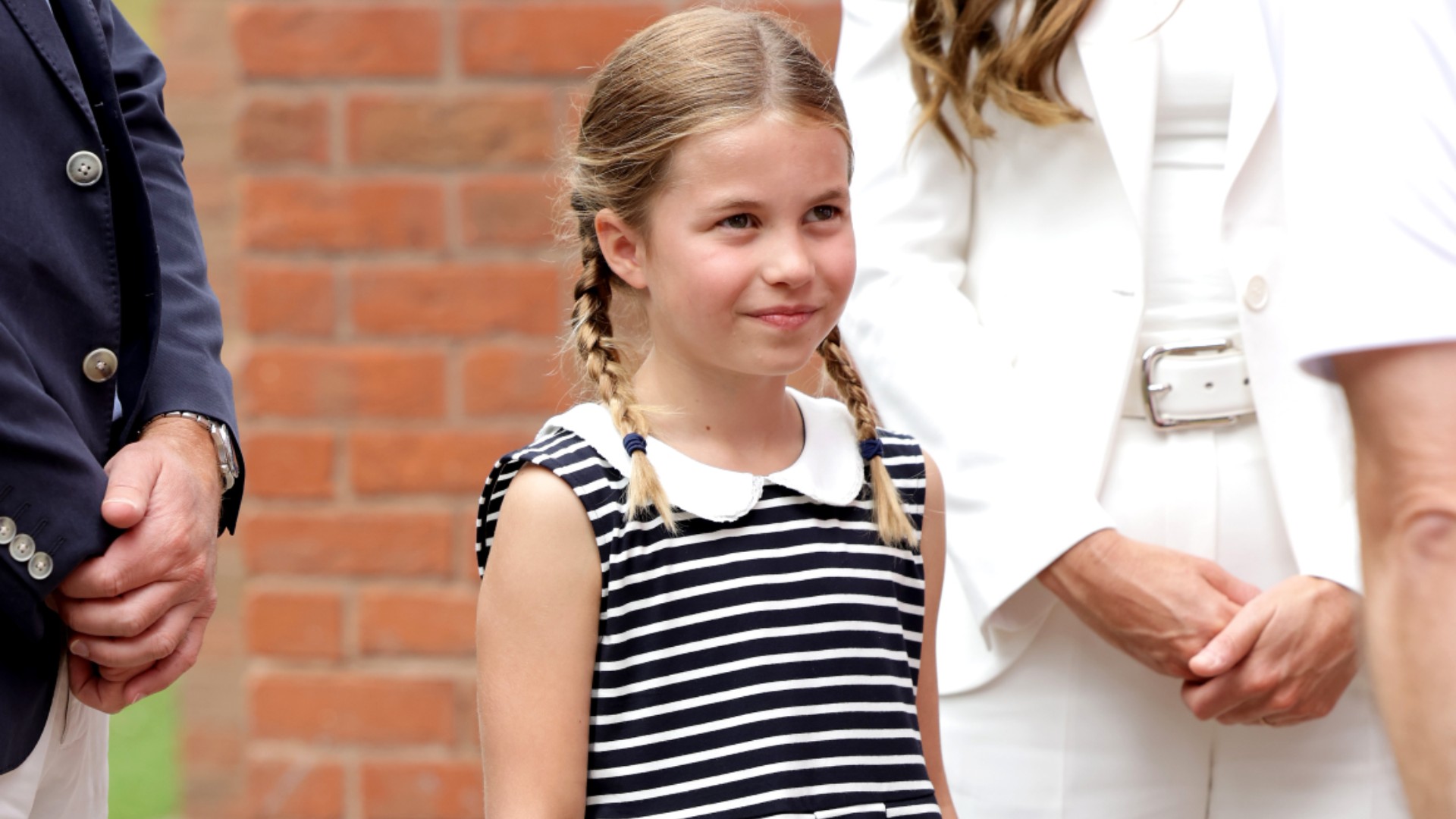 How Princess Charlotte made royal history at the age of two
How Princess Charlotte made royal history at the age of twoPrincess Charlotte was given an advantage that other female royals didn't receive
-
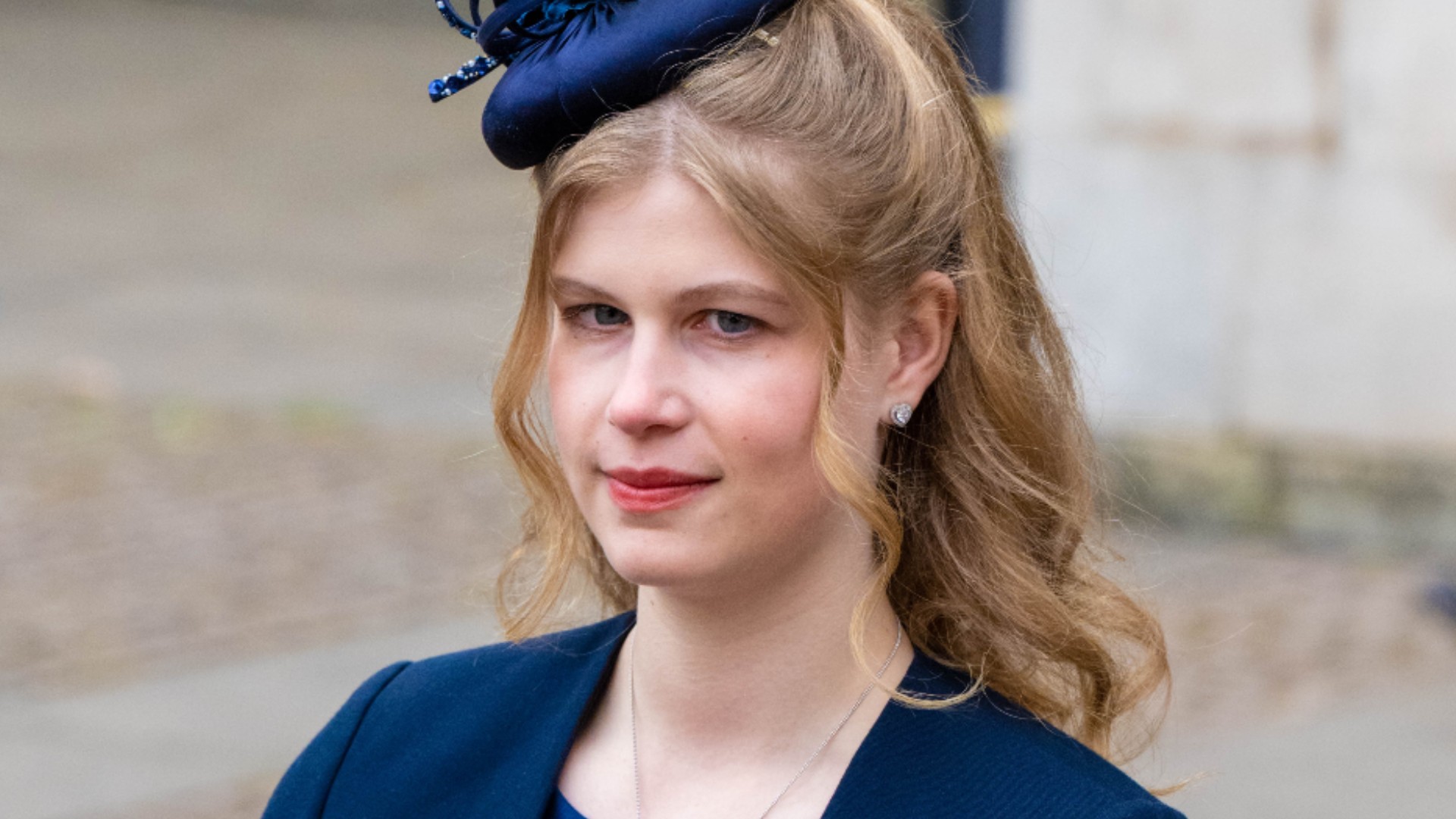 Lady Louise Windsor granted historic honor after her birth that brother James never had
Lady Louise Windsor granted historic honor after her birth that brother James never hadLady Louise Windsor’s historic honor was something that generations before her had experienced but no royal has since…
-
 Princess Beatrice looks identical to royal ancestor who survived EIGHT assassination attempts
Princess Beatrice looks identical to royal ancestor who survived EIGHT assassination attemptsPrincess Beatrice looks so much like this royal relative but apart from looks and bloodline - they live very different lives
-
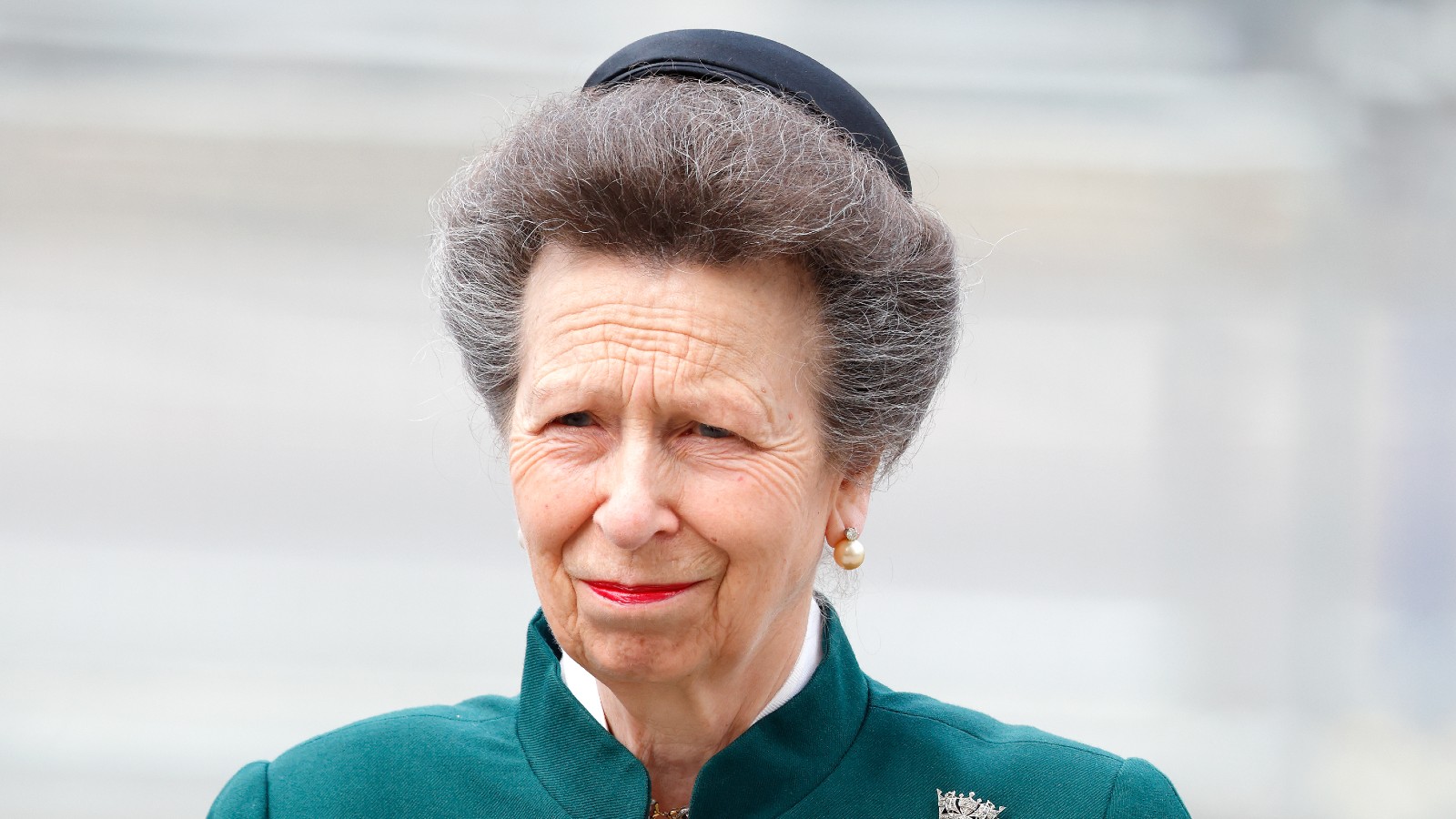 Princess Anne's sapphire brooch said to be inspired by one of the Royal Family's most romantic stories
Princess Anne's sapphire brooch said to be inspired by one of the Royal Family's most romantic storiesPrincess Anne's sapphire brooch is thought to be one of her favorites but she's not the only royal linked to it
-
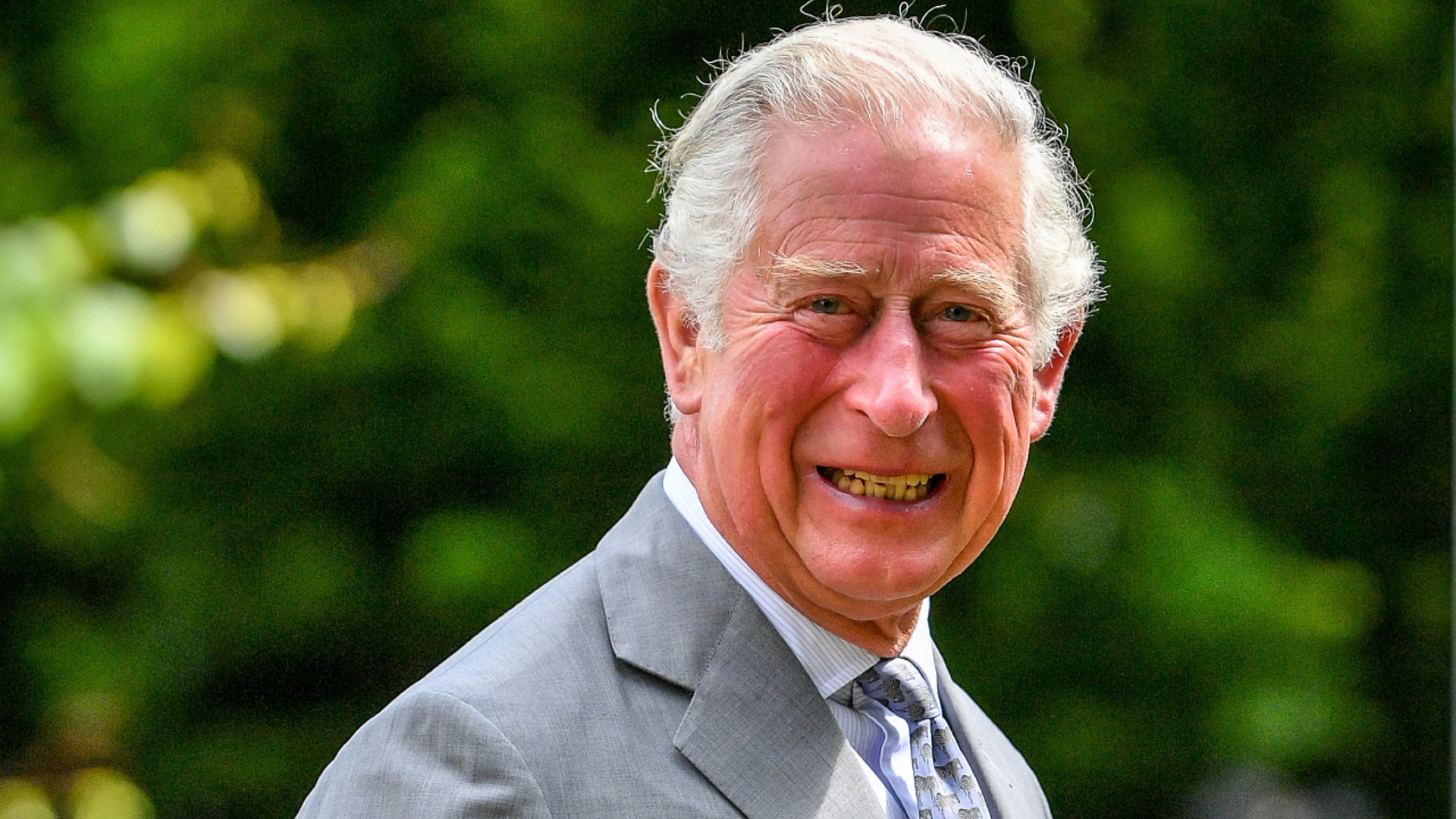 King Charles praised for 'down-to-earth' attitude as he chats candidly with 'unexpected double act'
King Charles praised for 'down-to-earth' attitude as he chats candidly with 'unexpected double act'During an appearance on BBC's The Repair Shop, King Charles III delighted fans who labeled him a 'top bloke' as he showed his playful side